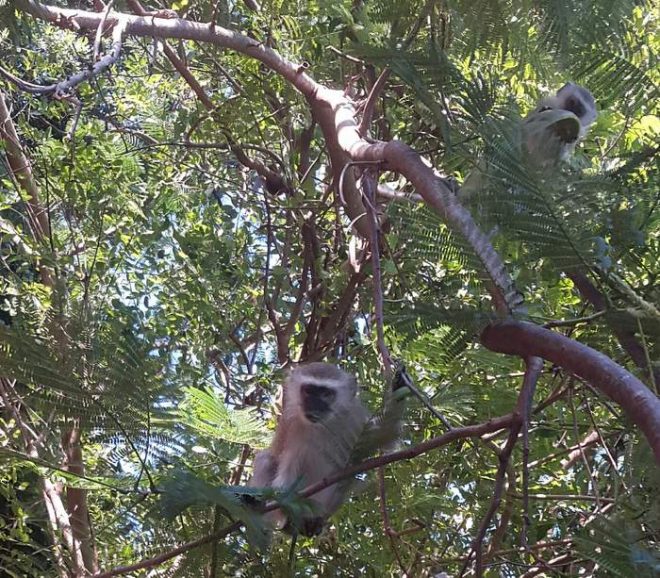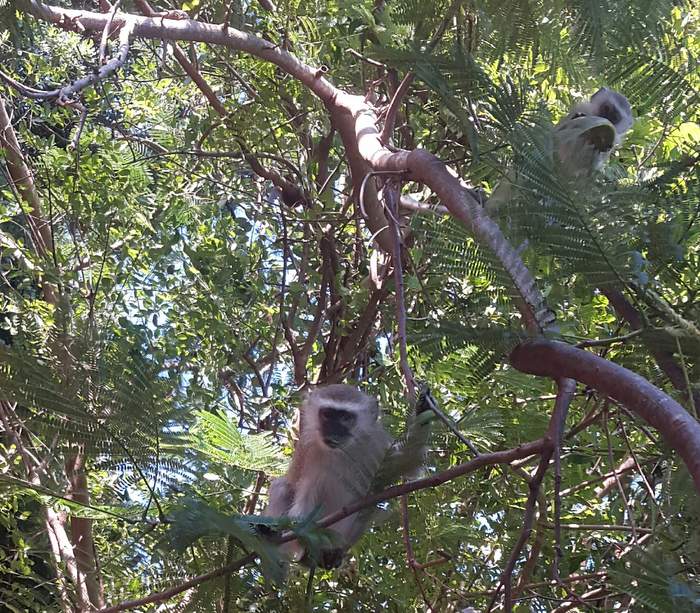Pirmin Stöhr and Simonne Szagun are interns currently volunteering with Kusamala through the weltwaerts (worldwards) program, funded by the German government. The goal of the program is to give young Germans the opportunity to experience a different culture and working environment for a year. Both began in December and will complete their time in Malawi this September. Pirmin volunteers at Kusamala’s demonstration site in Lilongwe while Simonne volunteers at our food forest project site in Chowe, outside of Mangochi. We have asked them to share their experiences working in Malawi through blog posts on our website. The first submission is from Pirmin who is a recent high school graduate who loves to play rugby and is an integral part of the Kusamala demonstration staff.
For the first five months at Kusamala, I spent most of my time with working in the gardens and assisting Pierre Moorsom, my mentor/boss, with planting, mapping and planning. Since Pierre has left Kusamala, I am now working with Luwayo Biswick to implement the plans for the various demonstrations, particularly livestock. I am currently working to improve the chicken yard and will be in charge of the pigs when they arrive in the next few weeks. The past few weeks, I have been helping getting mulch from the horse farm to make new compost and to mulch the beds for the dry season. Additionally, I have completed mapping the M´memo garden, which took a long time because the beds are irregularly shaped and spaced, so they were difficult to pace out. Previously, I mapped the commercial garden and am currently finishing the mapping of the residential garden. The purpose of these maps is to have an overview of all the beds and to number them so that we can create a plan of what to plant when and where since it is really important to have a plan and not just randomly plant things.

Centre Maps
The other day I had an incredibly cool moment when I was pacing out the path of M´memo and saw a huge ripe passion fruit hanging in a tree right above me. I took a stick and tried to hit it down, but when it touched the first leaf the whole canopy seemed to explode and four or five monkeys that I hadn’t seen, fled in to the next tree. Ok that might not sound that impressive but in that moment it was pretty cool.

Monkeys
As I finished the residential garden mapping, I am now focusing on the chickens. The problem at the moment is that we have a lot of chickens but few small eggs per day. So first of all we want to increase egg production. Additionally we want to improve our live fence with planting succulents and preparing the rest of the soil around the fence for the rainy season to be ready to plant a thick fence that keeps the chickens inside. Although we might still need the normal fence as a support. Over the dry season we´re going to mulch the yards to create an environment for insects to live, which are good, protein rich food for our chickens. I may also try to add some good drought resistant food plants that need a minimal amount of water. According to Pierre’s plans, the current vision is to keep the chickens in 4 yards that will rotate every few weeks giving the previous yards time to recover. Each yard incorporates large numbers of fruit trees and other perennial trees and shrubs so as to provide chickens with windfall and forage foods. So most of the work in the chicken yard over the dry season will be to dig several tree holes to plant them with the rains. The plan is to plant a high variety of trees to have fruiting trees over most of the year that can help feed the chickens.


